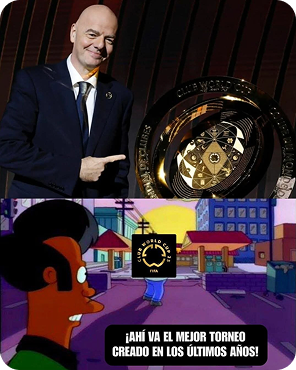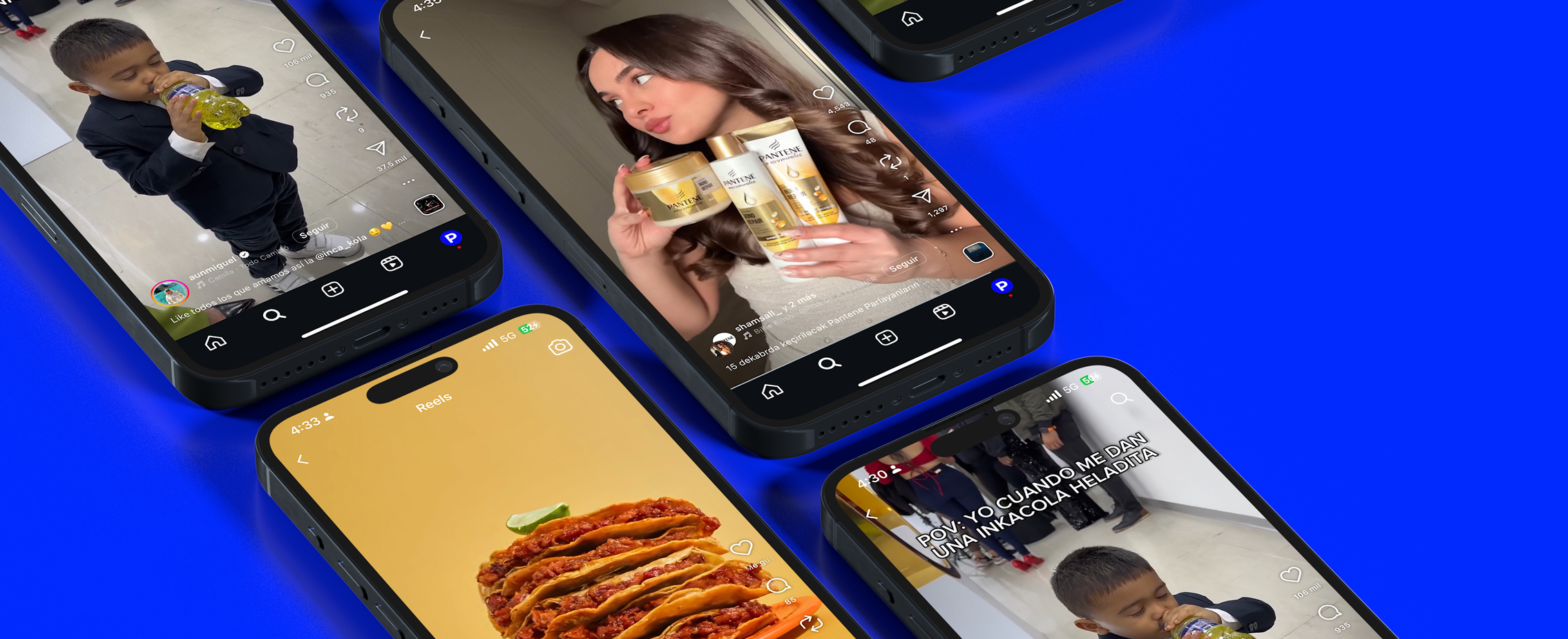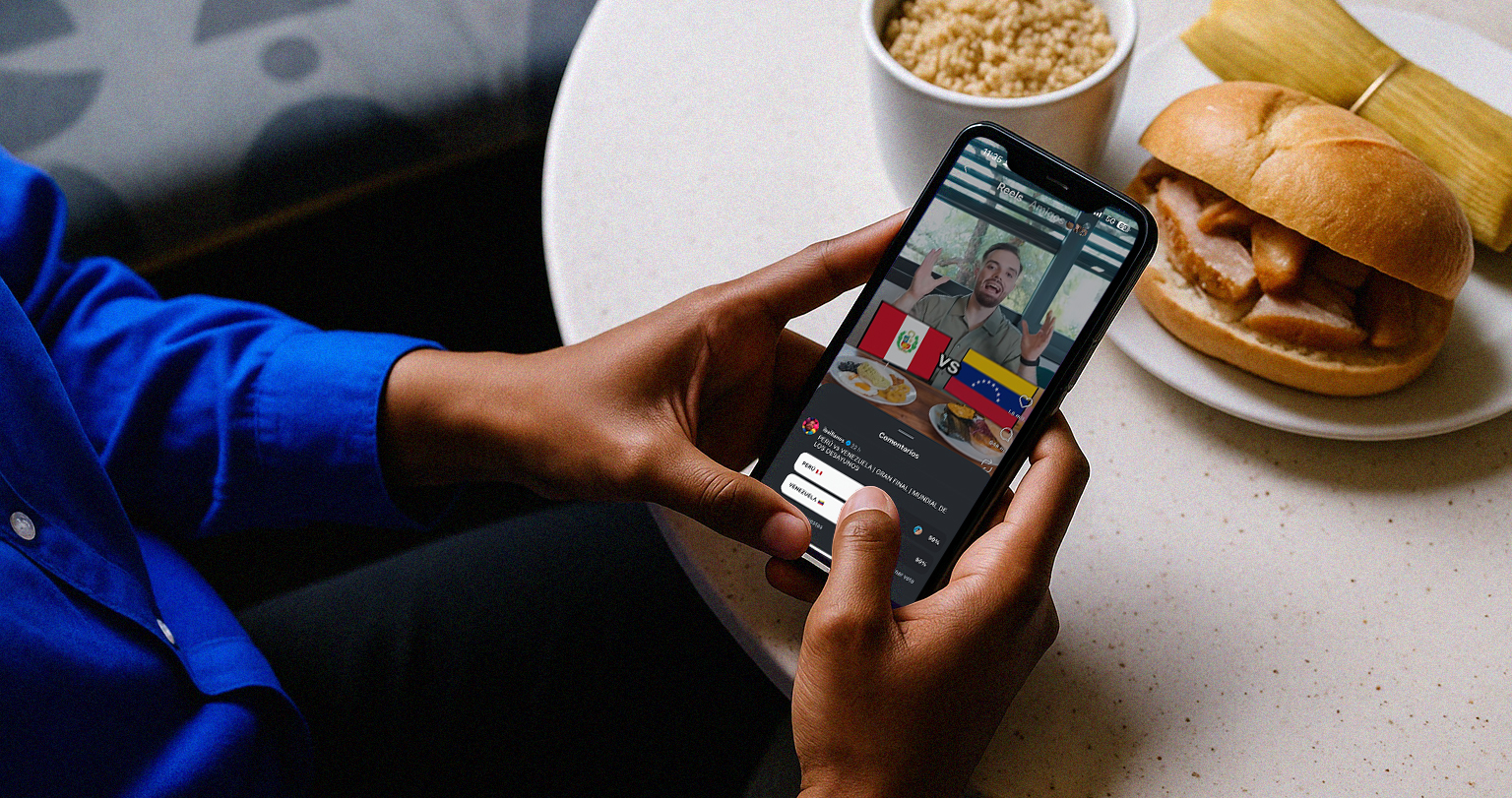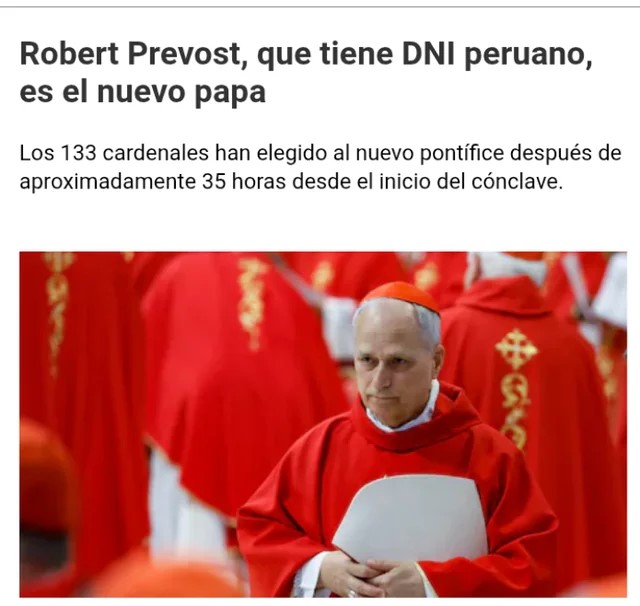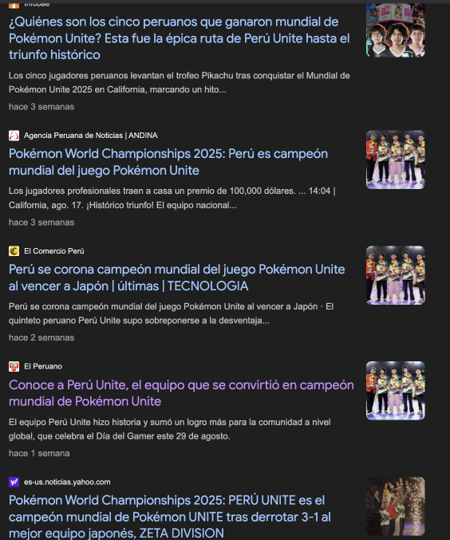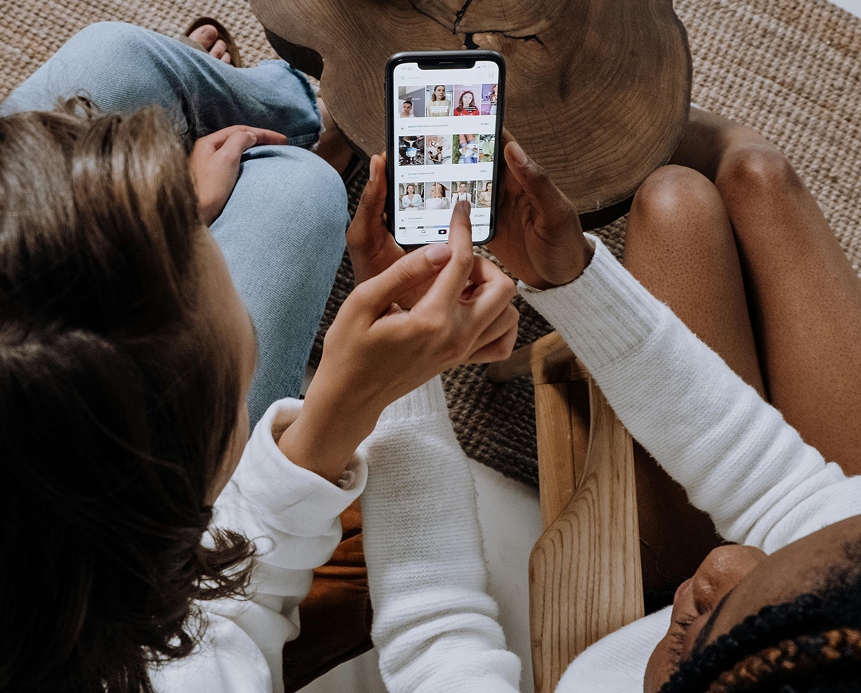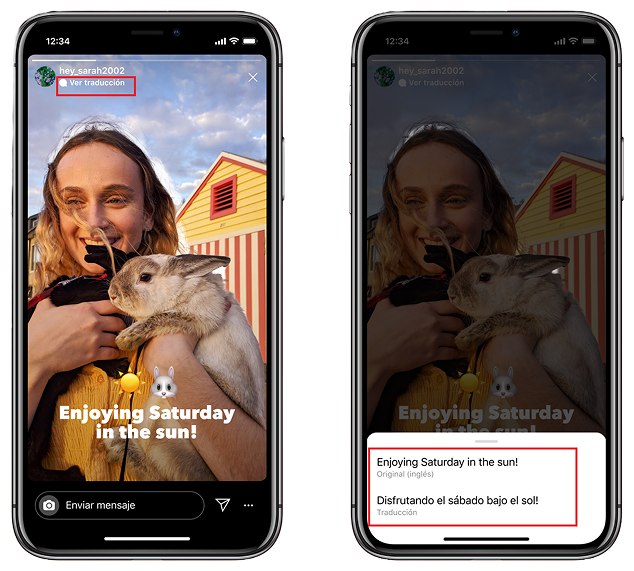Peru is key! You see it in every post, every viral meme, and every achievement making noise around the world—from gastronomy to video games. What started as a TikTok joke has become a shout of national pride, and the visit of U.S. streamer IShowSpeed to Lima proved it: he not only hung out with local influencers, he was even named “mayor for two hours” and pulled off an acrobatic jump from the municipal balcony that went viral. From that moment on, media outlets and online communities echoed the phrase with force:
saying “Peru is key” is no longer just a meme—it’s the way to shout “Long live Perú!” to the world.
It’s not a trend, it’s love for chicharrón.
Have you voted for the pan con chicharrón yet? Hurry up, the final is almost here!
It’s the shout echoing everywhere: on social media, in the news, and even in the streets—no matter the brand or industry.
Peru ’s digital boom has been fueled by viral moments like the “Peru is key” meme, IShowSpeed’s visit, and above all, Ibai Llanos’ Breakfast World Cup. In this online tournament, Perú crushed it with over 8.1 million votes for its pan con chicharrón and tamal, beating Ecuador and going global. The hype was so big that politicians, media, and local brands jumped in, while Gamarra—the country’s biggest clothing hub—even launched custom T-shirts about the contest. This event didn’t just spark citizen excitement, it also cemented Peruvian gastronomy as a true nation-brand icon online, showing its massive pulling power and international reach.
Because Peru doesn’t just have the world’s best restaurant... it probably has the best too!
Once you’re on the bus, there’s no getting off.
Your child settles onto your lap, you light the fireplace, your eyes grow misty, and you begin to tell the story. If Peru once was key to the world, now it’s key to the entire digital universe. The gamer boom also carries a Peruvian face: in August 2025, the team Perú Unite made history by becoming champions of the Pokémon UNITE World Championships in California—making them the first Latin American team to ever lift the world trophy after defeating the Japanese favorites, Zeta Division, 3-1. “I mean, we beat the creators of the game.
The achievement of these five young Peruvians was celebrated as a source of national pride and recognized by international outlets like Infobae and Yahoo News, which highlighted how they “conquered the World Championship... securing the franchise’s most important trophy for the South American nation.
The phrase “Peru is key” went viral once again, as the tournament brought together more than 25,000 live attendees in Anaheim and reached nearly 1.1 million unique online viewers, with peaks of 185,000 simultaneous streams, cementing Peru’s presence before the eyes of the world.
The team itself thanked the support from home, reinforcing the idea that Peruvian talent transcends borders and that Spanish-speaking audiences deeply value their local champions. And beyond the sport, this victory ignited marketing as well: brands tied to gaming—hardware, telecommunications, energy drinks, and more—found in Peru a passionate and growing niche. Combined with other milestones like gaming tournaments, massive streams, and viral phenomena, this triumph positions Peru firmly on the global digital map, proving that its online culture is not just fleeting virality, but the consolidation of communities—gamers, foodies, streamer fans—driven by a uniquely Latin American passion.
The Peruvian Formula: Creativity, Community, and Digital Speed
What makes Peru’s digital ecosystem unique isn’t just virality, but the combination of three forces: creativity, community, and speed. Peruvian creativity shows up in memes, trends, and narratives that stand out in an ocean of global content. Community amplifies those ideas with overwhelming energy—from young people spontaneously launching digital campaigns to local brands cleverly joining the conversation. And then there’s speed: within hours, a meme born on TikTok can trend on X, Facebook, and even reach traditional media. This trio explains why phenomena like “Peru is key”, the Breakfast World Cup, or the Pokémon UNITE championship win are not isolated events but symptoms of a larger pattern: Perú has become a cultural accelerator for the region. For global brands, this means that any action in this market doesn’t just make waves locally—it has the potential to scale across all of Latin America.
“Dad, who was Peru Unite?”
Your child settles onto your lap, you light the fireplace, your eyes grow misty, and you begin to tell the story. If Peru once was key to the world, now it’s key to the entire digital universe. The gamer boom also carries a Peruvian face: in August 2025, the team Perú Unite made history by becoming champions of the Pokémon UNITE World Championships in California—making them the first Latin American team to ever lift the world trophy after defeating the Japanese favorites, Zeta Division, 3-1. “I mean, we beat the creators of the game.
The achievement of these five young Peruvians was celebrated as a source of national pride and recognized by international outlets like Infobae and Yahoo News, which highlighted how they “conquered the World Championship... securing the franchise’s most important trophy for the South American nation.
The phrase “Peru is key” went viral once again, as the tournament brought together more than 25,000 live attendees in Anaheim and reached nearly 1.1 million unique online viewers, with peaks of 185,000 simultaneous streams, cementing Peru’s presence before the eyes of the world.
The team itself thanked the support from home, reinforcing the idea that Peruvian talent transcends borders and that Spanish-speaking audiences deeply value their local champions. And beyond the sport, this victory ignited marketing as well: brands tied to gaming—hardware, telecommunications, energy drinks, and more—found in Peru a passionate and growing niche. Combined with other milestones like gaming tournaments, massive streams, and viral phenomena, this triumph positions Perú firmly on the global digital map, proving that its online culture is not just fleeting virality, but the consolidation of communities—gamers, foodies, streamer fans—driven by a uniquely Latin American passion.
Why is investing in Latin America key for global brands?
Latin America is no longer just an “emerging market.” Today, it’s a cultural and digital laboratory setting global trends. This entire movement has direct consequences for marketing: it shows that Latin America —and Peru in particular— has become a strategic and vibrant market for any global brand seeking relevance, where trends born from memes, gaming tournaments, or viral phenomena quickly spread and spark national pride.
The achievement of these five young Peruvians was celebrated as a source of national pride and recognized by international outlets like Infobae and Yahoo News, which highlighted how they “conquered the World Championship... securing the franchise’s most important trophy for the South American nation.
Joining these movements in real time (as KFC, Bembos, or BCP did with #PeruEsClave and the World Breakfast Cup) allows brands to connect emotionally with young, digital first consumers, who already surpass 70% internet penetration and 90% mobile access in the region.
Moreover, campaigns that reinforce local identities (such as pan con chicharrón or Peru Unite) enhance brand-country perception and open opportunities in booming sectors such as e-commerce, fintech, gaming, and entertainment. Sponsorship of events and collaborations with influencers or creators multiply organic reach in an ecosystem where culture —gastronomy, music, sports, memes— acts as an exportable form of soft power, and where authentic engagement can outperform million-dollar campaigns.
In conclusion, Latin America is now a global cultural laboratory, with Peru as its best example, showing that digital not only amplifies narratives but also strengthens passionate communities, turning the region into an unmissable destination for brand innovation and growth.
Positive leads the way in the new digital map.
At Positive, we understand that it’s not enough to simply “be on social media”—you need to understand the culture that drives it. Perú and Latin America are fertile ground for brands looking to grow, but they require strategy to avoid going unnoticed. That’s why we identify local insights that become global—such as gastronomic pride or gaming passion—and translate them into campaigns with regional impact and international resonance. Our approach blends creativity with data, combining qualitative analysis of trends, communities, and narratives with quantitative tracking of mentions, engagement, and hashtag growth to design strategies that are both measurable and effective.We know how to authentically place brands within viral phenomena, as many did by joining #PeruEsClave. We act as a bridge between the local and the global, helping brands from the U.S. or Europe connect with Latin American audiences through trust and real engagement. And we do it with close, memorable communication—crafting narratives that move people, spark laughter, invite participation, and turn consumers into fans. In short: Positive helps you ride the digital cultural wave of Latin America so your brand is not just a witness to what’s happening, but a protagonist in the conversations that matter.
.jpg)














